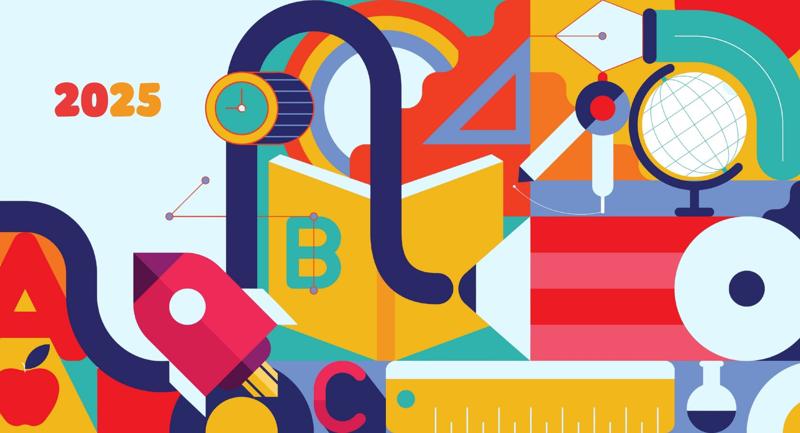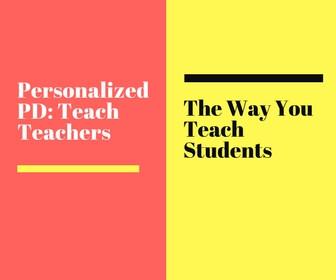One new year, a friend convinced me to take on a cleaning organization challenge, and the first assignment was to tackle my fridge. I thought, I know I’m not the cleanest person, but my fridge is fine. Once I started cleaning, however, I was shocked at what I had in there (and, if I’m being honest, how gross my shelves really were). Had I been asked to simply sit and reflect on what areas needed work in my kitchen, I would not have considered my refrigerator. It took the act of intentionally addressing my messy fridge for me to see that this was a trouble spot.
The new year is an opportune time to reset our teams. If we really want to address the “grime in the veggie drawers,” we first have to see it—then be brave enough to tackle it. Team norms are the behaviors we exhibit when we collaborate. Typical norm-setting processes where a group comes to consensus on a short list of agreements, such as “start and end meetings on time,” don’t address the specific individualized behaviors that hold our team’s collaboration back from truly having the impact on the learning we seek. We need a mindful approach to creating new meaningful norms. It’s time to adopt personal norms.
How to Set Personal Norms on Your Team
Any time you reflect on how you collaborate with others, it is typical to first notice the ways in which your behavior helps or hinders your group’s ability to get along, stay productive, and be efficient. These actions contribute to a high-functioning team. However, beyond collegiality, productivity, and efficiency, it is just as important to examine how your behavior on a team helps or hinders your group’s ability to impact student-learning goals (e.g., making evidence-based decisions, implementing agreed-upon changes, and exposing your challenges to colleagues).
In this new year, ask each person on your team to commit to one personal norm that will better help your group become high-functioning and high-impact. The following actions can help you and your colleagues craft individualized personal norms to improve both how your team functions together and your collective impact on student learning.
1. Observe.
Do informal field research for a week to notice how you show up in meetings on different teams. A few ways to gather data might include: (1) Reflect after a meeting on a two-column chart: “What I said or did/What I did not say or do.” (2) Take note of how your colleagues respond to you as a team member. (3) Ask a trusted colleague what they notice about how you collaborate with others.
2. Identify a helping behavior.
Begin personal norm-setting with an asset-based approach. Notice patterns in your field research where you consistently exhibited behaviors that helped your group get along, helped get things done, and positively advanced team student-learning goals. Highlight the positive.
Tell your team, “I am good at… [name a specific helping behavior].”
Example: “I always come prepared to meetings.”
3. Identify a hindering behavior.
Return to the observational data you collected about your participation on various teams and note patterns of negative behavior that you exhibited. What did you say or do that got in the way of a team’s function and what behaviors did you exhibit that, if you made a conscious effort to change, could really help the team reach their collective student-learning goals? Name one growth area.
Tell your team, “I recognize [name a specific hindering behavior] is an area of growth for me.”
Example: “A colleague told me that they noticed I lean toward my own perspective and ideas, allowing my personal bias to shape group decisions.”
4. Set a personal norm.
Based on your above reflection, write a personal norm that meets the following criteria:
- A specific hindering behavior that you are committed to changing.
- An initial understanding of why you exhibit this hindering behavior on your team and what might be hard about changing it.
- A new replacement behavior that can help you be a better collaborator.
It’s best to frame your personal norm as a positive, actionable agreement. For instance, instead of saying, “I will not jump to conclusions,” restate your personal norm as, “I will examine the evidence I have and seek out additional data, if needed, before arriving at a conclusion.” [See this table for examples of behaviors that hinder function and impact and norms that improve function and impact.] Share your personal norm with your team.
Tell your team, “When we collaborate, I commit to [name a specific positive behavioral goal].”
Example: (Personal norm that addresses my hindering behavior) “I commit to ‘soliciting alternate viewpoints’ before coming to a decision. I will actively ask my colleagues, ‘What do you see that I don’t?’ This is my personal norm.”
Beyond collegiality, productivity, and efficiency, it is just as important to examine how your behavior on a team helps or hinders your group’s ability to impact student-learning goals.
5. Be accountable.
Like with any goal, you might break your personal norm. To avoid this, find one or more teammates willing to tell you when you are falling back into old habits and who are ready with strategies to help you recommit.
Tell your team or a colleague, “Please help me uphold my personal collaboration norm by giving me feedback in meetings.” (Agree to how this feedback will be communicated.)
Example: “Matt, can you quietly signal to me in meetings and help me troubleshoot if you notice I am favoring my own ideas and neglecting to seek out others’ perspectives?”
Skillful Team Leader Recommendations
Engage in the process together. Although personal norms are individualized, the process is best led as a group because of the rich insight people gain from talking about their own behaviors that help or hinder collaboration.
In your first meeting, spend 10 minutes explaining what personal norm setting is, why you are asking people to engage in this process, and task people with Step 1: Observe. Then come back together a week later, and as a group, spend 15 minutes walking through Steps 2 – 5.
Accept all. No consensus is needed for this process. Each person chooses their personal norm and is accountable to it. All personal norms are accepted by the group.
Make it a plus one. Personal norms do not need to replace group agreements. If your team has committed to 5 group norms, for example, you can present a 5 + 1 model, where each person agrees to uphold the 5 group agreements plus their one personal norm.
Stick with it. Most behavioral psychologists say it takes an adult at least three weeks to build a new habit and an additional 90 days to have it embedded into their way of life. You can opt to stick with your personal norm for as long as it takes for it to become a habit, whether that be one month or multiple years. And at any point you can adjust or even change your personal norm with the intent of becoming a better collaborator.
Intentional and Mindful
In this new year, let’s be intentional in our collaboration. Let’s be mindful of our helping and hindering behaviors in and out of team meetings. Let’s show up as our best selves so that, together, we can have the powerful impact on student learning of which our teams are truly capable.
Author’s note: This blog is derived from Move 2.3 of the newly released book, Intentional Moves: How Skillful Team Leaders Impact Learning (Corwin, 2022).








